Agile SDLC
Sophisticated and complex solutions are commonly developed using the Agile SDLC methodology within the Agile Software Development Life Cycle (SDLC) framework. This approach offers a flexible framework for designing digital solutions, accelerates time-to-market, and streamlines the incorporation of evolving client requirements.
What Is Agile Methodology in SDLC and Its Benefits
The agile process is a highly flexible and iterative approach to software development; Agile SDLC is designed to deliver value quickly and efficiently while adapting to evolving requirements. Unlike traditional linear models, Agile SDLC emphasizes collaboration, continuous feedback, and incremental progress to ensure high-quality results and customer satisfaction. It empowers teams to respond to change effectively and fosters innovation and collaboration. Agile SDLC methodology provides a framework that prioritizes people over processes, adaptability over rigidity, and customer satisfaction over strict adherence to initial plans. By breaking the project into manageable increments, the Agile Software Development Life Cycle facilitates quicker risk identification and encourages constant improvement through iterative cycles of the Agile Model in SDLC.
Core Features of Agile Methodology
Iterative and Incremental Development:
In iterative and incremental development, we Deliver projects in smaller, manageable increments that allow for adjustments based on feedback. We use iterative and incremental development approaches.
Customer Collaboration:
Agile actively involves customers throughout development to ensure alignment with their needs.
Flexibility:
Agile teams adapt flexibility to changes in requirements, even late in the development cycle.
Team Empowerment:
Team empowerment in Agile SDLC is encouraged to make decisions independently, fostering creativity and request Agile SDLC.
Frequent Delivery:
Agile SDLC prioritizes delivering working Software in short, regular cycles.
Focus on Value:
In this method, it’s essential to focus on the value. An Agile SDLC aligns deliverables with business priorities to maximize significant customer value.
Simplicity:
Agile SDLC Streamlined operations focus on achieving goals efficiently.
Agile Model Development Phases
Requirement Assembling:
Stakeholders collaborate to define and prioritize requirements based on business objectives and customer needs.
Analysis:
Requirements are broken down into smaller, actionable tasks to prepare for development.
Design:
Agile SDLC Teams create a flexible architecture and design to accommodate future changes while ensuring scalability and efficiency in design.
Development:
Developers implement features iteratively, using the Agile Model in SDLC, ensuring each sprint delivers functional increments.
Testing:
Quality assurance is integrated into each iteration, focusing on functional, non-functional, and user acceptance testing for Agile SDLC.
Deployment:
In Agile SDLC, incrementally ensuring minimal disruption and allowing for real-time feedback when deploying the Software.
Maintenance and Support:
Post-deployment, the team resolves issues, monitors performance, and implements continuous improvements based on user feedback.
Values of the Agile Model
Agile is built on four core values:
Individuals and Interactions:
Prioritizing collaboration over rigid processes.
Working Software:
Emphasizing the delivery of functional Software over exhaustive documentation working software.
Customer Collaboration:
Engaging with customers to adapt to their needs rather than adhering strictly to initial plans.
Responding to Change:
Adjusting plans as necessary instead of following a fixed path.
Principles of the Agile Model
- Deliver value early and continuously.
- Welcome changing requirements, even late in development.
- Deliver working software frequently, with a preference for shorter timescales.
- Collaborate closely between business and technical teams.
- Maintain a sustainable pace of development to avoid burnout.
- Prioritize simplicity and efficiency to avoid unnecessary complexity.
- In Agile SDLC, Reflect on processes regularly for continuous improvement.
Key Advantages of Agile
- Improved adaptability to changing requirements.
- Enhanced collaboration and transparency among stakeholders.
- Frequent delivery of functional software increments.
- Continuous feedback loops for ongoing improvement and refinement.
- Reduced project risks through incremental progress and real-time adjustments.
- Higher customer satisfaction and engagement through active involvement.
- Better resource utilization and team productivity.
- Early identification and resolution of issues.
Principles of the Agile Model
- Deliver value early and continuously.
- Welcome changing requirements, even late in development.
- Deliver working software frequently, with a preference for shorter timescales.
- Collaborate closely between business and technical teams.
- Maintain a sustainable pace of development to avoid burnout.
- Prioritize simplicity and efficiency to avoid unnecessary complexity.
- In Agile SDLC, Reflect on processes regularly for continuous improvement.
Key Advantages of Agile
- Improved adaptability to changing requirements.
- Enhanced collaboration and transparency among stakeholders.
- Frequent delivery of functional software increments.
- Continuous feedback loops for ongoing improvement and refinement.
- Reduced project risks through incremental progress and real-time adjustments.
- Higher customer satisfaction and engagement through active involvement.
- Better resource utilization and team productivity.
- Early identification and resolution of issues.
Principles of the Agile Model
- Deliver value early and continuously.
- Welcome changing requirements, even late in development.
- Deliver working software frequently, with a preference for shorter timescales.
- Collaborate closely between business and technical teams.
- Maintain a sustainable pace of development to avoid burnout.
- Prioritize simplicity and efficiency to avoid unnecessary complexity.
- In Agile SDLC, Reflect on processes regularly for continuous improvement.
Key Advantages of Agile
- Improved adaptability to changing requirements.
- Enhanced collaboration and transparency among stakeholders.
- Frequent delivery of functional software increments.
- Continuous feedback loops for ongoing improvement and refinement.
- Reduced project risks through incremental progress and real-time adjustments.
- Higher customer satisfaction and engagement through active involvement.
- Better resource utilization and team productivity.
- Early identification and resolution of issues.
Benefits of Agile SDLC
Faster Time-to-Market:
Agile SDLC ensures fast and Faster Time-to-Market delivery of functional software increments, helping businesses stay competitive.
Improved Quality:
Agile SDLC Continuous testing and feedback enhance product quality, reduce defects, and improve the quality of Agile SDLC.
Customer Satisfaction:
Customer satisfaction is also essential through active customer involvement during development, fostering alignment and trust.
Increased Stakeholder Engagement:
It also helps maintain stakeholder engagement, keeping the stakeholders in mind and meeting their needs.
Flexibility and Adaptability:
Flexibility and adaptability in Agile accommodate evolving business needs effectively without significant delays in flexibility.
Enhanced Collaboration:
Agile SDLC-enhanced Teams collaborate and work closely, fostering innovation, productivity, and morale.
Reduced Project Risks:
Reduced project risk is Incremental development that identifies and mitigates risks early in the project.
Continuous Improvement:
Iterative Methodology processes enable teams to refine their approach and output with each sprint Iterative Methodology.
Better Budget Management:
Better budget management Iterative Methodology is better budget management that ensures that costs align with deliverables, reducing wastage.
Transparency and Accountability:
TransparencyIterative Methodology’s open communication structure ensures all team members are on the same page.
Agile SDLC Techniques and Tools
Agile Methodology Techniques
V-shaped SDLC Model:
V-shaped SDLC Focuses on verification and validation in a structured manner while incorporating flexibility where possible in v-shaped SDLC.
Iterative Methodology:
Iterative Methodology Repeats development cycles for gradual improvement, allowing teams to learn and adapt to Iterative Methodology.
Spiral SDLC Model:
Combines iterative and risk-driven approaches to balance flexibility and risk management Spiral SDLC Model.
Agile Methodology Tools
Jira:
This is for tracking and managing tasks and sprints with robust reporting features.
Trello:
A visual tool for organizing workflows using boards, lists, and cards.
Asana:
Facilitates task management, project tracking, and team collaboration.
VersionOne:
VersionOne Agile project management, helping Scrum and Kanban.
Confluence:
For documentation and team knowledge sharing Confluence.
Git:
Git methodology tools include version control for collaborative development, and Agile SDLC helps Increase Stakeholders.
Engagement: enabling efficient code management.
Slack:
Slack’s methodology tool enhances communication among team members through integrations and channels.
Monday.com:
Monday.com Streamlines task management, tracking, and collaboration.
Basecamp:
Basecamp is focused on collaboration, file sharing, and team communication.
Azure DevOps:
Azure DevOps suite of development tools for Agile SDLC teams.
ClickUp:
Combines task management, time tracking, and collaboration.
Which Methodology Should You Choose?
Factors to Consider When Choosing a Methodology
Project Size and Complexity:
Agile SDLC is suitable for dynamic and complex projects, whereas Waterfall is more appropriate for smaller, well-defined
Team Expertise:
Team expertise helps in this Methodology. Agile SDLC requires team expertise, skilled and experienced teams, and adept collaboration skills.
Stakeholder Involvement:
So, the Stakeholder involvement in Agile SDLC helps to thrive on active engagement throughout the project lifecycle.
Budget and Timeline:
Agile SDLC helps with the budget and timeline required for Agile SDLC, which are used to evaluate resources and constraints to determine suitability. Budget and timeline flexibility in Agile SDLC may lead to variable costs, whereas Waterfall offers fixed budgets.
Nature of Requirements:
Agile SDLC excels when requirements are expected to evolve, while Waterfall is better for static requirements.
Agile Methodology Tools
Pros:
High adaptability to changes.Agile Methodology Tool Frequent delivery of value through working Software. In Agile Methodology Tool, Strong pros collaboration and customer satisfaction is an
Cons:
The cons are that it requires skilled teams, Increased Stakeholder Engagement, and a significant time commitment to planning and cooperation. It can be resource-intensive and challenging for long-term planning.
Stren this :
Encourages innovation and transparency. Suitable for iterative and collaborative environments.
Weaknesses:
Documentation may be limited, causing challenges in complex systems. Scaling Agile SDLC is a weakness, or large projects can be challenging without Agile Methodology Tool additional frameworks in Agile SDLC.
Waterfall Methodology Overview
Pro:
Pro for the Waterfall Methodology has pro-Well-defined and structured phases that simplify management. Clear deliverables and timelines offer predictability.
Cons:
Agile SDLC is an Agile Software Development Life Cycle with limited flexibility to accommodate changes. Waterfall Methodology issues may not be identified until later, increasing correction costs.
Strengths:
It is ideal for small, static project strengths with fixed requirements. It is easy to manage and implement, with predictable workflows.
Weaknesses:
High cost of modifications and rework.Minimal customer involvement during development.
Comparison of Agile vs. Waterfall
Key Differences:
- Agile SDLC offers flexibility; Waterfall is rigid and linear.
- Agile SDLC delivers incrementally; Waterfall provides at the end of the project.
Use Cases for Agile:
- Dynamic and evolving projects.
- Projects requiring close collaboration and rapid delivery.
Use Cases for Waterfall:
- Projects with fixed requirements.
- Short-term or small-scale projects with clear goals.
Agile SDLC Process in 6 Phases
Prepare for the Migration Entirely:
Agile SDLC Set up teams, tools, and infrastructure for Agile SDLC adoption, ensuring readiness.
Comprehend the Agile Values and Principles:
Educate teams and stakeholders on Agile SDLC practices and their benefits.
Select the Suitable Agile Framework for Your Team:
Choose Scrum, Kanban, or other frameworks based on project needs and team capabilities.
Fill and Optimize a Product Backlog:
Infill and optimization involve prioritizing and organizing tasks to align with business goals; they also require a user to fill and optimize a product backing.
Plan the Sprint (Iteration):
Define sprint objectives, timelines, and deliverables with clear roles and responsibilities.
Hold Daily Meetings:
Hold Daily Meetings. Foster communication, monitor progress and resolve issues promptly.
Conduct Sprint Reviews and Retrospectives:
For evaluation, similar feedback is used, and improvement opportunities are identified.
Release and Monitor Incrementally:
Deploy features in smaller increments to ensure stability and efficiency, collecting user feedback post-release.
How to Make Agile the Most Effective for Your Project?
Project Size and Complexity Promote open communication and collaboration within teams. Provide training and mentorship for Agile Software Development Life Cycle principles to build confidence. Use tools and technologies to streamline workflows and improve efficiency. Project Size and Complexity Promote Foster a culture of continuous feedback and improvement to adapt and evolve. Actively engage stakeholders at every stage to align objectives and expectations. Encourage innovation by empowering teams to experiment and learn. Establish clear metrics to measure progress and Agile Software Development Life Cycle success.
Best Practices for Agile Implementation
- Start with smaller projects to build familiarity with Agile Software Development Life Cycle.
- Conduct regular retrospectives to refine processes and identify areas for improvement.
- Encourage team autonomy and decision-making for better ownership.
- Maintain a sustainable work pace to prevent burnout and ensure quality.
- Focus on delivering value rather than adhering to rigid plans.
Challenges of Agile Adoption and Solutions
Challenge: Resistance to Change.
Solution: Provide training and emphasize the benefits of Agile Software Development Life Cycle.
Challenge: Difficulty in Scaling Agile Software Development Life Cycle.
Solution: Implement frameworks like SAFe or LeSS for large teams.
Challenge: Lack of Skilled Teams.
Solution: Invest in training and hire experienced Agile SDLC professionals.
Challenge: Insufficient Documentation.
Solution: Use tools like Confluence to maintain essential documentation.
Challenge: Misaligned Expectations.
Solution: Regular communication and alignment meetings.
Frequently Asked Questions
What is Agile methodology, and how does it work?
Agile SDLC is an iterative Agile Software Development Life Cycle approach focusing on collaboration, adaptability, and delivering functional software increments regularly. It emphasizes customer involvement and continuous improvement.
How is Agile different from traditional SDLC models?
Agile SDLC is flexible and iterative, delivering a working Agile Software Development Life Cycle in small increments. At the same time, conventional models like Waterfall follow a linear and rigid approach with final delivery at the end.
Can Agile be used outside software development?
Agile Software Development Life Cycle principles can be applied in various domains, such as marketing, product development, education, and event planning, wherever adaptability and collaboration are required.
What are the most popular Agile frameworks?
Scrum, Kanban, Extreme Programming (XP), and SAFe are widely used Agile frameworks.
What tools are essential for Agile project management?
Jira, Trello, Asana, Confluence, Slack, and Git are necessary for managing tasks, communication, and documentation, which is essential for Agile project management and version control.
How can teams ensure successful Agile adoption?
Successful adoption of the Agile Software Development Life Cycle requires training, stakeholder selection of suitable frameworks, and fostering a collaborative and Agile Software Development Life Cycle adaptable team culture.
Conclusion
Agile SDLC methodology has revolutionized the Agile Software Development Life Cycle for Agile project management by emphasizing collaboration, adaptability, and continuous value delivery. Its ability to address changing requirements and foster strong stakeholder engagement makes it a preferred choice for dynamic projects. While choosing between Agile Software Development Life Cycle and Agile project management, other methodologies like Waterfall depend on project specifics; Agile Software Development Life Cycle flexibility and iterative approach often provide unmatched benefits.

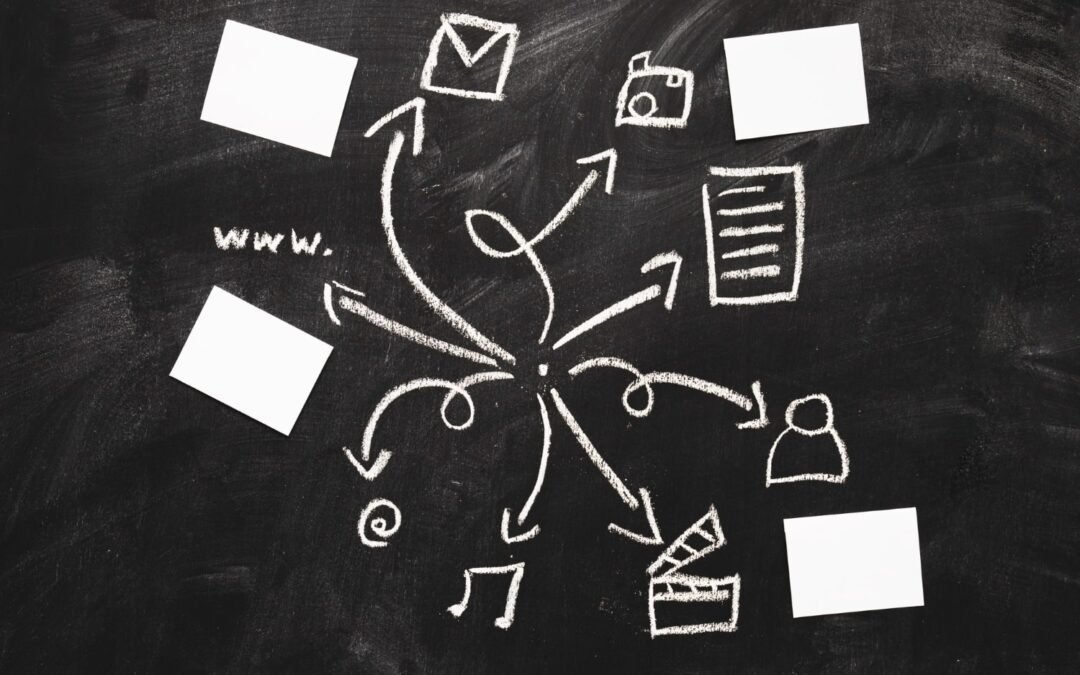
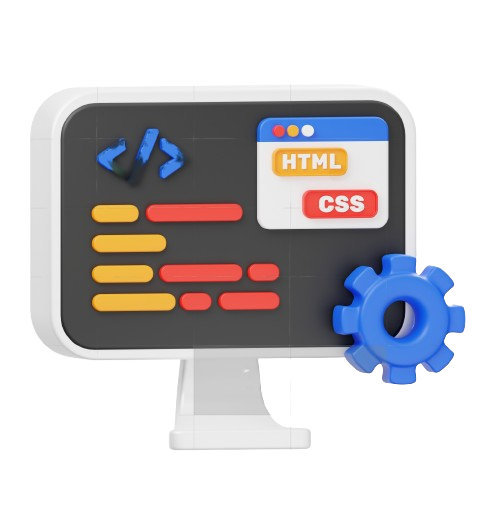
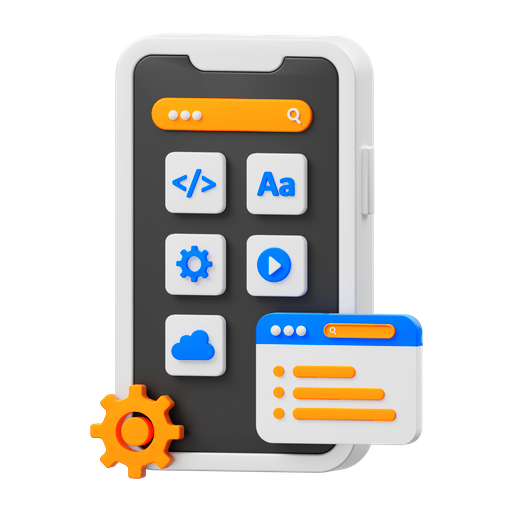

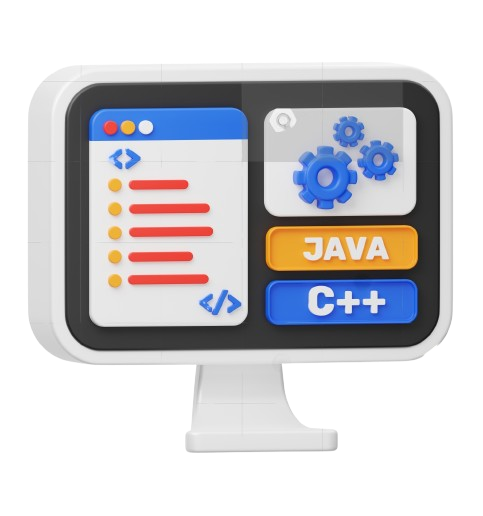
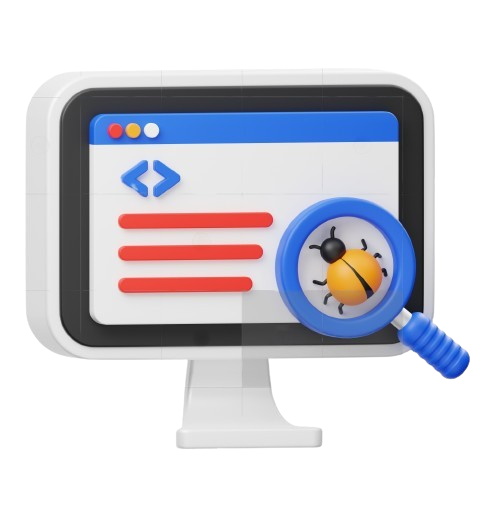
Recent Comments